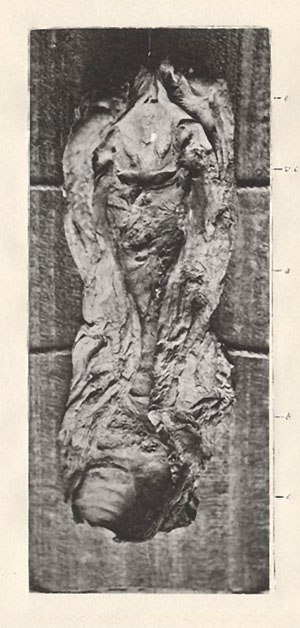

PHOTO. I.-Illustrating Syphilitic Cicatricial Narrowing of Trachea.
The ulceration is seen to extend from the vocal cords to the lower
end of the stricture (b).
|
|
Stricture below incision — The following case, which was amongst my first operations, exemplifies the danger and difficulty arising from such a condition: — A man had extensive syphilitic thickening and ulceration of the larynx, sufficient to account for the dyspnoea under which he was labouring, and necessitating tracheotomy. Having cleared the tissues, so that the rings of the trachea were to be felt uncovered, I inserted the scalpel, cut upwards, and attempted to introduce the tube, and enlarged the opening. The dyspnoea was now excessive. The patient threw his arms about, and gasped; still no air came through the tube, which I could feel had passed between some cut rings of the trachea. Pressure was made on the chest, Sylvester's method and the battery employed, but without success, for restoration could not be effected. The post-mortem examination showed that, besides the thickening and ulceration of the larynx, which had been observed with the laryngoscope, there had been extensive ulceration opposite my point of incision, which had been followed by cicatricial narrowing, leaving an opening only about the size of a quill pen for the air to pass through (vide Photograph I.). It was also seen that though I had cut some rings, yet that that portion of the trachea was completely formed of solid cicatricial membrane, with which the rings were incorporated. In making the wound down to the trachea, I had allowed it to get funnel shaped, thus having insufficient room to open the trachea further.
